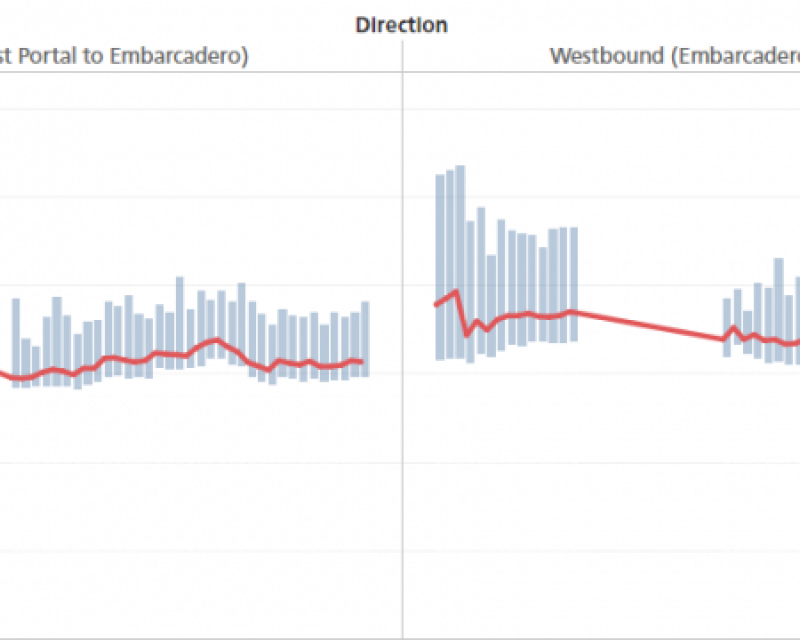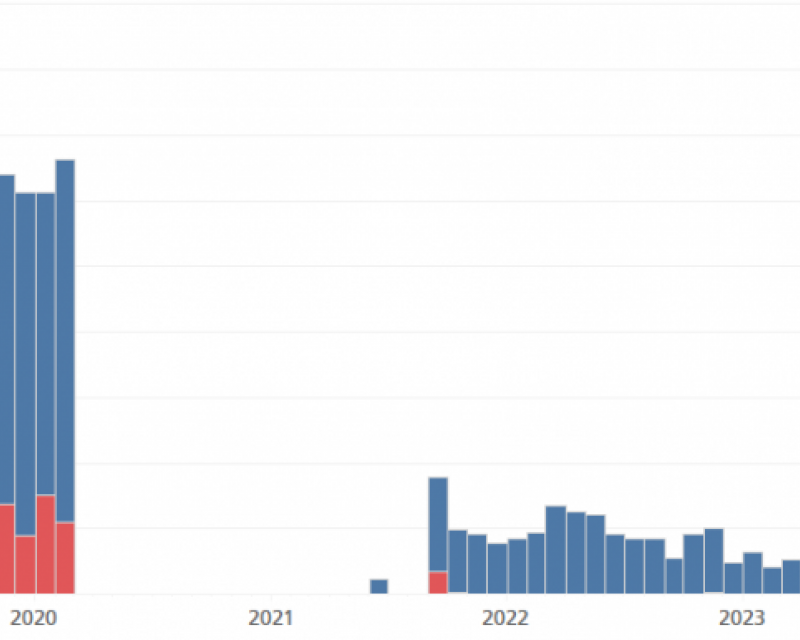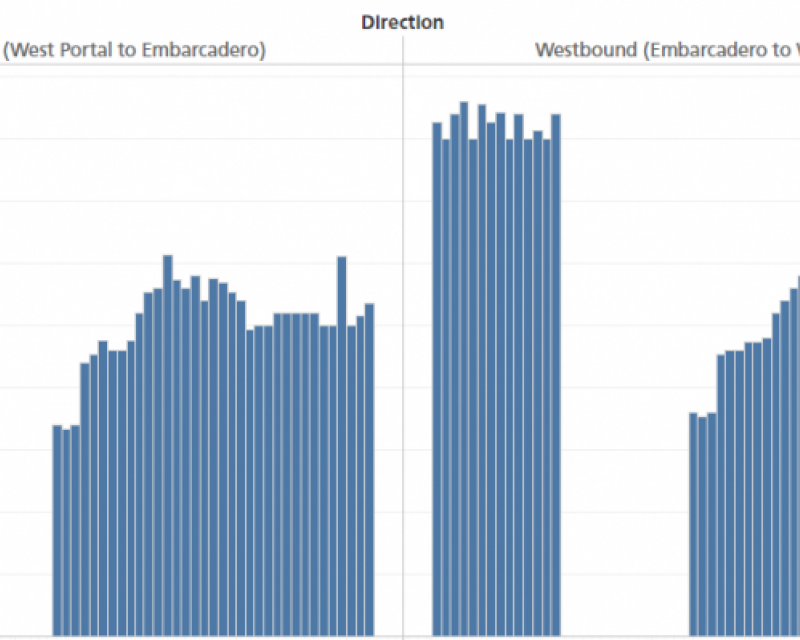About the Subway Performance Dashboards
Trains in Muni Metro’s subway are continually tracked by its Automatic Train Control System (ATCS). The ATCS automatically operates the trains, including accelerating, braking and opening the doors. The ATCS tracks the positions of the trains to within a few feet and reports the position to logs once every three to five seconds. To review what happened during each day SFMTA engineers are able to use the raw data from the train control system though the log files are encoded in a proprietary format.
These dashboards are based on this ATCS data. The metrics shown in the dashboards below inform our day-to-day management of Muni Metro service in the subway’s constrained operating environment are fundamental to future capacity expansion decisions.



